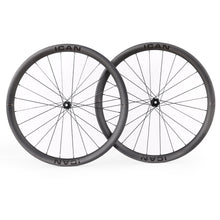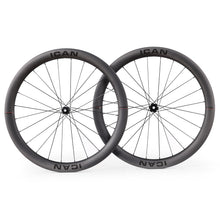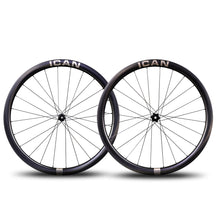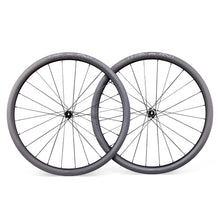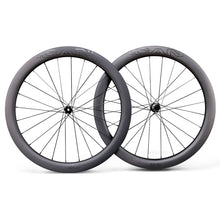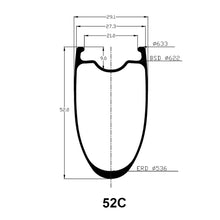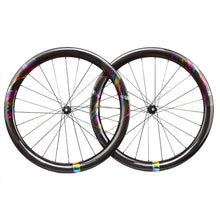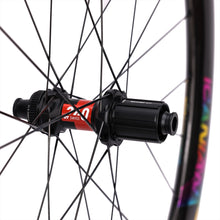News
What is the Difference Between XC and Trails Mountain Bikes
Have you been thinking about buying a mountain bike and been getting confused by the terms XC and trails, as at the end of the day aren’t they pretty similar? Well, we have the answer for you, but please remember the answer has a lot of crossover between the two terms, due to yours and others preferences.
What is the difference between XC and trails mountain bikes? The answer can be split down two main lines. XC mountain bikes are generally more race, and lightweight focused, run less suspension travel, and have a more traditional geometry. Trails focused mountain bikes are focused more on fun, big lines, a lot of travel, and have a slacker geometry.
The XC (cross country) bike
Do you have a craving for wearing tight Lycra, shaving your legs, and haring around a course as fast as you can? Then an XC bike may be the one for you. You don’t have to have those wants to be suited to an XC bike, but they help.
You should also be aware that you can ride an XC bike on trails and at trail centers, despite what magazines may lead you to believe. XC can also be anywhere from short and sharp races to long 24hr solo races. You will want to pick a bike that will lead you to your best performance.
Full suspension or hardtail
When people think of an XC mountain bike, they generally think of a superlight carbon fiber hardtail frame. Now though you can also get a super light short travel hardtail. The reason for the preference of the hardtail was that you want a bike that transfers your pedaling power to your rear wheel.
Having suspension will always add weight and the slight comfort benefit you get may not be worth it if you want to win. That also goes for your suspension fork. If you ride a suspension fork on your XC bike, you will be looking for between 100-120 mm of travel. Shorter travel means less fork and this will keep weight lower than a longer travel fork and save a loss of energy due to fork movement.
XC bikes will also still be raced with rigid forks, especially on long distance races. You have less chance of failure from your components and will save a good bit of weight, which might help with that final incline on a race circuit.
XC geometry
Geometry on cross-country bikes is also going to be steeper than slackened out trail bikes. By running slackened out, angles will make your bike feel lazy and sluggish on flatter terrain. Something you don’t want when you are trying to be as fast as possible.
An XC bike will also have a narrower handlebar that will be sitting lower than on a trails bike. This is because you don’t need a wide bar due to the bike not being slackened out. A wider bar would just add extra weight that you do not want on your cross country bike.
Cross-country bikes will also generally come with a 29er wheelset. People choose a 29er wheel as it just rolls faster for less effort. More speed and less energy is the name of the game in XC racing so make sure you have those big hoops on your bike.
The trails bike
You want to go ride with your buddies or fancy racing the odd enduro then a trails bike could be the mountain bike for you. Trails bike might be slightly more overstated than XC country bikes, expect colors and sometimes quite loud ones at that. XC bikes will be a little blander.
Trails bikes will nearly always be full suspension bikes. These bikes are designed to be hared down mountains, hitting the jumps in the bike parks, and generally riding around like you are a hooligan. In order to make this safer for you, they will come with more travel than an XC bike.
All the bounce
Typical trail bikes will have between 130mm and 180mm of travel. You will find that the extra travel makes drops that little more enticing knowing that you have some suspension to save you should things go wrong. It is also less travel than a downhill bike as you will be pedaling that bike back up the hill, won't you?
You will also find that suspension forks will have beefier stanchions than those on the forks of the XC bikes. These stanchions will keep the front end of the bike feeling stiff despite the huge amount of travel you have out there. There is nothing worse than a flexy fork when you are heading downhill at speed.
As you’ll be heading downhill at speed, trails bikes will have a slacker geometry, bigger brake discs, and a dropper post. The slacker geometry will mean that you can turn at speed without feeling like you are going to crash, especially when compared to more traditional geometry.
You’ll also be wanting to have bigger brake discs to make sure that you can stop and avoid that tree that has just jumped out of nowhere at you. The dropper post will allow you to lower your saddle so that you can get over the back of the bike and keep it straight lining down that black run.
Wheely good
You will find trails bikes with both 27.5” wheels and 29” wheels. The 29” wheels will be fast, but the smaller 27.5” wheels will feel more playful so that you will see a lot more 27.5” wheels. You want a bike you can whip around corners and whip over doubles.
Now you know the main differences between trails and cross country bikes you should be able to make purchases that reflect your chosen discipline. There will always be a crossover between the two disciplines; you might like a carbon hardtail but want a wide handlebar as that feels more comfortable for you, so don’t be afraid to break the rules.
So are you an XC or a trails riders?
4 comments
-
Posted on by
-
Posted on by
-
Posted on by
-
Posted on by
